
Fremantle is a port city in Western Australia, located at the mouth of the Swan River in the metropolitan area of Perth, the state capital. Fremantle Harbour serves as the port of Perth. The Western Australian vernacular diminutive for Fremantle is Freo.

Rottnest Island, often colloquially referred to as "Rotto", is a 19-square-kilometre (7.3 sq mi) island off the coast of Western Australia, located 18 kilometres (11 mi) west of Fremantle. A sandy, low-lying island formed on a base of aeolianite limestone, Rottnest is an A-class reserve, the highest level of protection afforded to public land.

Albany is a port city in the Great Southern region in the Australian state of Western Australia, 418 kilometres (260 mi) southeast of Perth, the state capital. The city centre is at the northern edge of Princess Royal Harbour, which is a part of King George Sound. The central business district is bounded by Mount Clarence to the east and Mount Melville to the west. The city is in the local government area of the City of Albany. While it is the oldest colonial, although not European, settlement in Western Australia - predating Perth and Fremantle by over two years - it was a semi-exclave of New South Wales for over four years until it was made part of the Swan River Colony.

Wagin is a town and shire in the Wheatbelt region of Western Australia, approximately 225 km (139.81 mi) south-east of Perth on the Great Southern Highway between Narrogin and Katanning. It is also on State Route 107. The main industries are wheat and sheep farming.
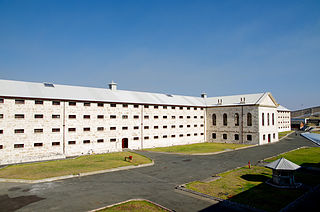
Fremantle Prison, sometimes referred to as Fremantle Gaol or Fremantle Jail, is a former Australian prison and World Heritage Site in Fremantle, Western Australia. The site includes the prison cellblocks, gatehouse, perimeter walls, cottages, and tunnels. It was initially used for convicts transported from Britain, but was transferred to the colonial government in 1886 for use for locally-sentenced prisoners. Royal Commissions were held in 1898 and 1911, and instigated some reform to the prison system, but significant changes did not begin until the 1960s. The government department in charge of the prison underwent several reorganisations in the 1970s and 1980s, but the culture of Fremantle Prison was resistant to change. Growing prisoner discontent culminated in a 1988 riot with guards taken hostage, and a fire that caused $1.8 million worth of damage. The prison closed in 1991, replaced by the new maximum-security Casuarina Prison.
Perth is the capital city of Western Australia. It was established by Britain as the Swan River Colony in 1829. The area had been explored by Europeans as early as 1697, and occupied by the Indigenous Whadjuk Noongar people for millennia.
The Public Works Department (PWD) was the State Government Agency of Western Australia, which was charged with providing and maintaining public infrastructure such as dams, water supplies, schools, hospitals, harbours and other public buildings. The department is no longer operational, having its responsibilities reassigned to other State Government Departments and corporate entities since 1985.

The 1910 Perth Technical School building is located at 137 St Georges Terrace, Perth, Western Australia, adjacent to the Old Perth Boys School building, which had served as part of the school's former temporary premises since opening of classes there on 16 May 1900.

Cantonment Hill is a small rise overlooking the port city of Fremantle, Western Australia. Since the early 1900s the hill and the surrounding 4-hectare (9.9-acre) precinct has been mainly used for military purposes with extensive buildings now present. It has been under the control of the Department of Defence.
Henry Willey Reveley (1788–1875) was a civil engineer responsible for the earliest public works at the Swan River Colony, the foundation of the state of Western Australia.

The Old Fremantle Police Station and Court House Complex is a heritage-listed group of buildings located at 45 Henderson Street, Fremantle, Western Australia. The complex includes the former courthouse, police station, police barracks and lock-up and artillery drill hall.
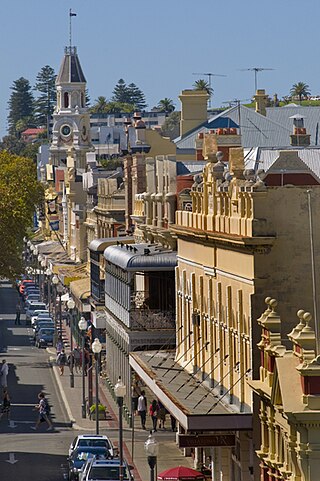
High Street is the main street running through the City of Fremantle, Western Australia. The street passes by historic landmarks, including the Round House, the Fremantle Town Hall, and the Fremantle War Memorial, through the Fremantle West End Heritage area and through two town squares. Trams operated along High Street for 47 years, between 1905 and 1952. Running east–west, High Street continues as Leach Highway, a major arterial road, at Stirling Highway, linking Fremantle with Perth Airport although the stretch of road between Stirling Highway and Carrington Street is known locally—and signed—as High Street.

Esplanade Park is a public reserve in Fremantle, Western Australia. Situated on Marine Terrace and opposite the Esplanade Hotel, the reserve features about 100 mature Norfolk Island pines and the Explorers' Monument.

Bathers Beach, also known as Whalers Beach, is a section of coastline that has a written history since the European settlement of what is now called Fremantle, Western Australia.

The Fremantle Post Office located in Market Street, Fremantle was designed by Hillson Beasley of the Public Works Department, planned in 1906 and opened in 1907. It was renovated during the Western Australian Centenary year of 1929, and again in 1987 for the America's Cup challenge. Following a rain storm in August 2022, the ceiling collapsed, and the Post Office operations have been temporarily moved to other locations in Fremantle. Currently, the post office is operating from 22 Queen Street, Fremantle.
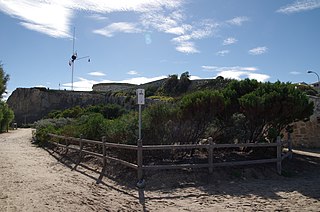
Arthur Head in Fremantle, Western Australia, is a former large limestone headland on the southern side of the mouth of the Swan River, now also the entry to Fremantle Harbour.
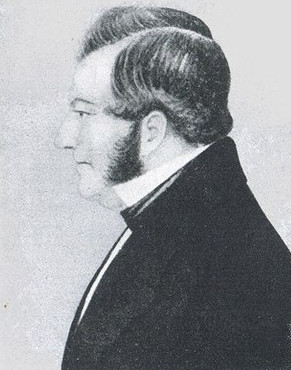
Daniel Scott was a Western Australian harbour-master. Originally from Liverpool, England, he moved to the newly established Swan River Colony in 1829. Scott was the first chair of the Fremantle Town Trust in 1848. In addition to his civic and harbour duties, he was involved with launching a number of enterprises in early Western Australia, including the first whaling business, the first ship builders, and a lead mining business.
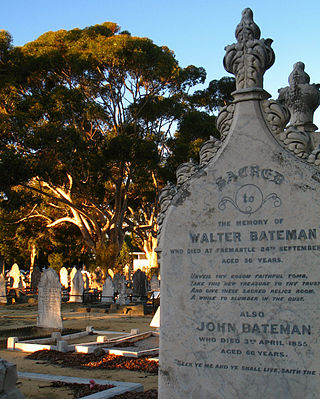
John Bateman was an early colonist at Fremantle. He was the postmaster, general store owner and an investor in the Fremantle Whaling Company. The suburb of Bateman is named after him and his family.
The history of Fremantle Prison, a former Australian prison in Fremantle, Western Australia, extends from its construction as a prison for convicts, using convict labour, in the 1850s, through to its modern-day usage as a tourist attraction. The design for Fremantle Prison was based on the Pentonville Prison in Britain, and it would be the longest, tallest prison cell block in the southern hemisphere. Construction began in 1851, and was completed by the end of 1859. The prison was transferred to the colonial government in 1886 for use for locally sentenced prisoners. Following a Royal Commission held in 1898−99, some changes were made to Fremantle Prison, including knocking down the inner wall between two cells, introducing a prisoner classification system, and constructing internal walls in the main block to create four separate divisions. A new cell block, New Division, was completed in 1907 and occupied in 1908.

















